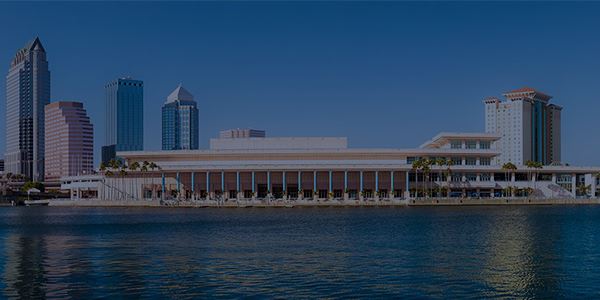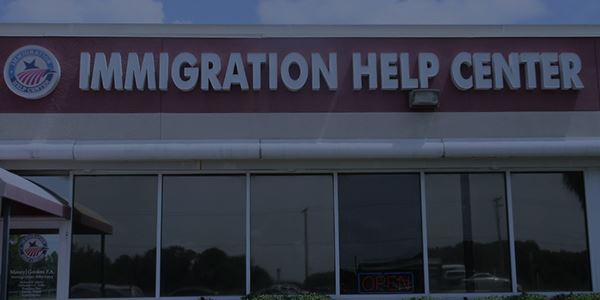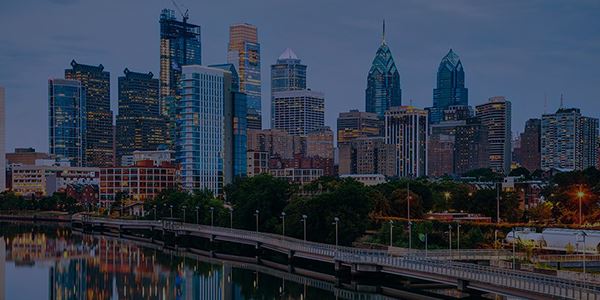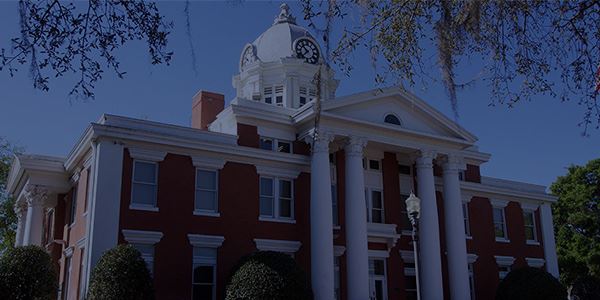The world of immigration law can be complex and overwhelming, especially regarding temporary visas. With numerous visa categories available, it's essential to understand the different types and their requirements to ensure a smooth application process. This comprehensive resource offers expert insight and guidance on navigating the complex world of temporary visas, including B-1, E-1, K, O, and more.
B-1 Visa: The Business Visitor Visa
The B-1 visa is designed for foreign nationals who wish to visit the U.S. temporarily for business purposes. These may include attending conferences, negotiating contracts, consulting with clients, conducting market research, or participating in training sessions. It is important to note that the B-1 visa does not permit individuals to engage in gainful employment in the U.S., and applicants must demonstrate their intent to return to their home country after their visit.
To qualify for a B-1 visa, applicants must meet specific criteria. First and foremost, they must possess a valid passport from their country of citizenship. Additionally, they must prove they have strong ties to their home country, such as family, property, or ongoing employment, which will compel them to return after their visit. Applicants must also demonstrate sufficient financial means to support themselves during their stay without relying on public assistance or unauthorized employment.
The duration of the B-1 visa varies depending on the applicant's purpose of travel and individual circumstances. While the initial period of stay is typically up to six months, it's possible to request an extension in certain situations. Extensions are granted at the discretion of U.S. Citizenship and Immigration Services (USCIS) and may be approved for an additional six months, with a maximum cumulative stay of one year.
E-1 Visa: The Treaty Trader Visa
The E-1 visa is available to citizens of countries with a treaty of commerce and navigation with the U.S. The primary purpose of this visa is to facilitate international trade between the U.S. and treaty countries. To qualify for an E-1 visa, applicants must be engaged in substantial trade between the U.S. and their home country, meaning that at least 50% of their international trade volume must involve the U.S.
Some of the key factors considered when evaluating an E-1 visa application include the applicant's role in the company, the volume and value of trade transactions, and the overall economic impact on the U.S. The E-1 visa can be renewed indefinitely if the treaty trader meets the requirements.
H-1B Visa: The Specialty Occupation Visa
The H-1B visa is designed for foreign professionals with a job offer in a specialty occupation in the U.S. A specialty occupation typically requires a bachelor's degree or higher in a specific field, such as engineering, IT, finance, or healthcare. The H-1B visa allows U.S. employers to hire foreign workers temporarily to fill jobs that demand specialized knowledge, typically for an initial period of three years, which can be extended up to six years in total.
In some cases, H-1B visa holders may be eligible for extensions beyond six years if they have a pending green card application. This extension is granted under the American Competitiveness in the 21st Century Act (AC21), allowing qualified applicants to continue working in the U.S. while awaiting their permanent residency approval.
To apply for an H-1B visa, the U.S. employer must first file a Labor Condition Application (LCA) with the Department of Labor. The LCA ensures that hiring a foreign worker will not negatively impact U.S. workers' wages and working conditions in similar positions. Once the LCA is approved, the employer must submit an I-129 petition to the USCIS on behalf of the prospective employee.
There is an annual cap on the number of H-1B visas issued, with 65,000 regular visas and an additional 20,000 reserved for applicants holding a master's degree or higher from a U.S. institution. This cap makes the H-1B visa category highly competitive, with many more applicants than available visas yearly. In recent years, USCIS has implemented a lottery system to select which petitions will be considered for approval.
K Visas: Fiancé(e) and Spouse Visas
The K visa category is intended for foreign nationals who are engaged or married to U.S. citizens, facilitating family reunification while the foreign partner's permanent residency application is being processed. There are two types of K visas: the K-1 visa for fiancé(e)s and the K-3 visa for spouses.
The K-1 visa allows foreign fiancé(e)s of U.S. citizens to enter the U.S. to get married within 90 days of arrival. This visa category allows couples to plan their wedding in the U.S., spend time together, and start their life as a married couple. After the wedding, the foreign spouse must file an adjustment of status application (Form I-485) to become a permanent resident (green card holder). To be eligible for a K-1 visa, both partners must be legally free to marry, demonstrate a genuine relationship, and have met in person within the past two years, with limited exceptions for cultural or religious reasons.
The K-3 visa is for foreign spouses of U.S. citizens who are waiting for their immigrant visa petition (Form I-130) to be processed. The K-3 visa enables them to join their spouse in the U.S. while waiting for their green card application to be approved, allowing them to live and work legally in the country. The K-3 visa is typically valid for two years and can be extended if the green card application is still pending.
K-1 and K-3 visa applicants must undergo a medical examination and interview at a U.S. consulate or embassy in their home country. They must also provide evidence of their relationship with the U.S. citizen, such as photographs, correspondence, and proof of joint financial responsibilities.
O Visas: Extraordinary Ability or Achievement Visas
The O visa category is reserved for individuals with extraordinary ability or achievement in the fields of arts, sciences, education, business, or athletics. There are three types of O visas: O-1A, O-1B, and O-2.
The O-1A visa is for individuals with extraordinary abilities in science, education, business, or athletics, while the O-1B visa is for those with extraordinary achievements in the arts, including television and film. To qualify for an O-1 visa, applicants must demonstrate sustained national or international acclaim and recognition in their field.
The O-2 visa is for support personnel who accompany O-1 visa holders. These individuals must prove their essential role in the O-1 visa holder's activities and possess critical skills and experience not readily available in the U.S.
Maney | Gordon | Zeller, P.A. is Here to Help You Achieve Your American Dream
Understanding the different types of temporary visas is crucial for anyone considering a short-term stay in the U.S. Each visa category has its requirements and procedures, which can be challenging to navigate without expert guidance. Our immigration law firm, Maney | Gordon | Zeller, P.A., is committed to helping clients understand their options and navigate the complex world of temporary visas. Contact us online or by phone for personalized assistance with your visa application process. (800) 708-4399

.2307050726550.jpg)





